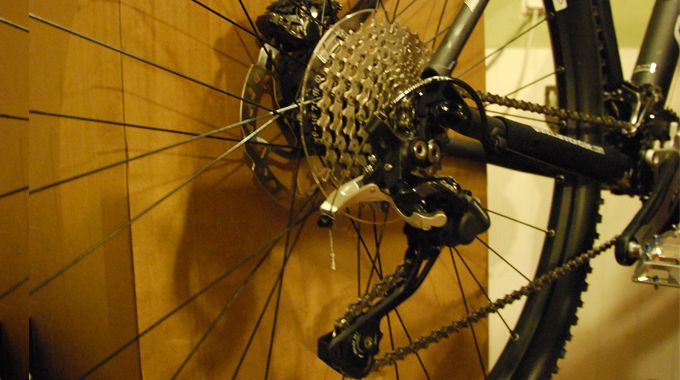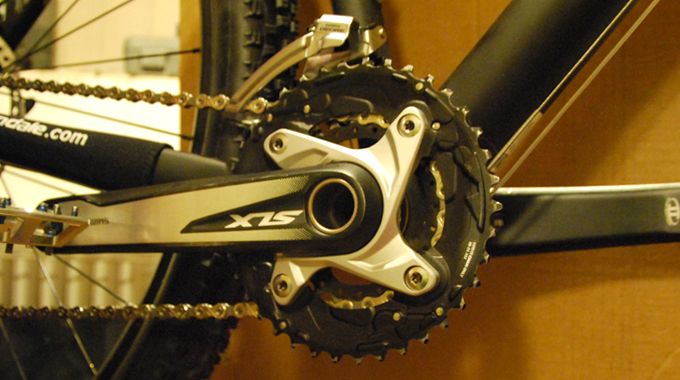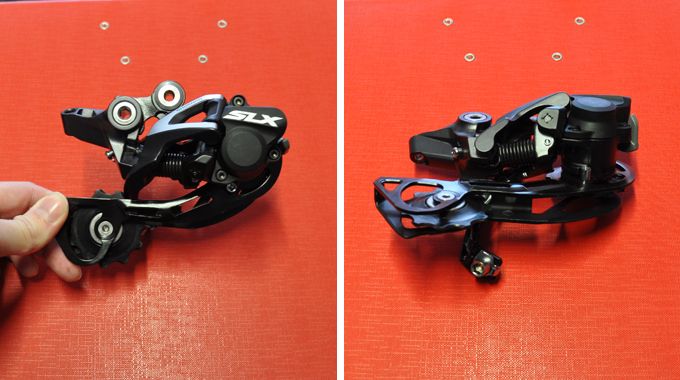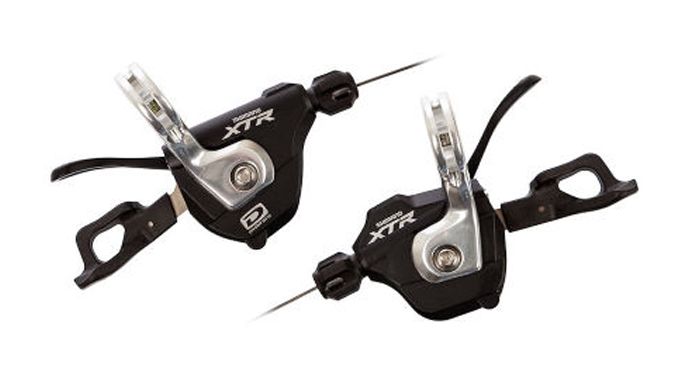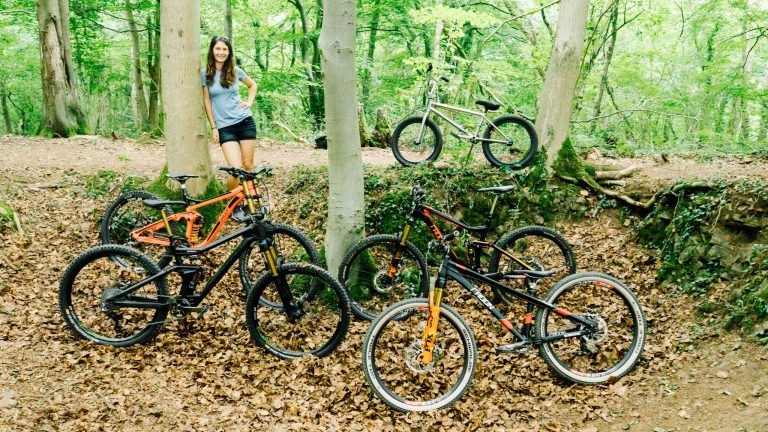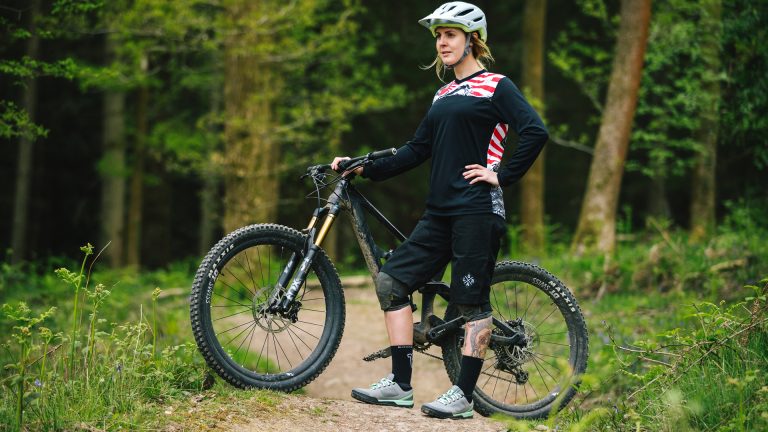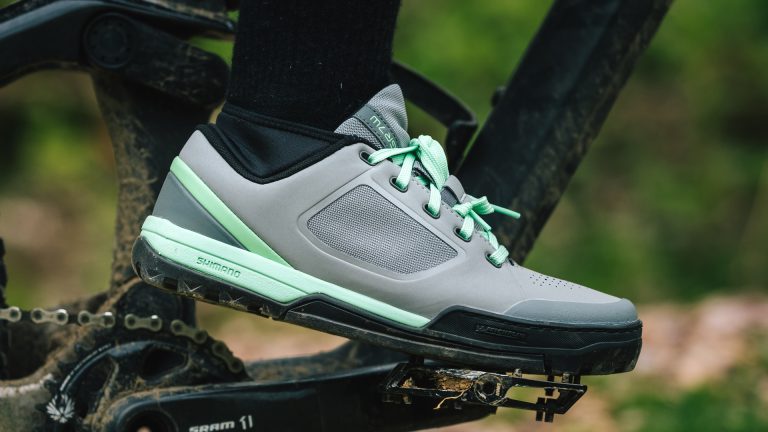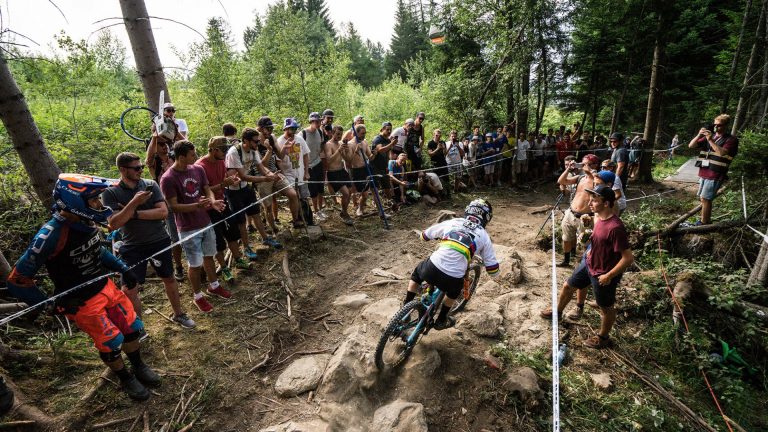Decades ago the majority of cyclists were riding a fixed gear bike for all terrains, inclines and everything in between.
Although there are some hardcore riders still rocking a fixed gear, a vast majority of us take full advantage of newer technology that allows us to use a variety of gears to assist our cycling performance.
Bicycles for all disciplines have advanced quickly in the past 30 years, and with such great leaps forward, it’s sometimes difficult to keep up with the times. One of the biggest developments has been the drive-train, with gears that allow you adjust the effort needed to cycle various inclines.
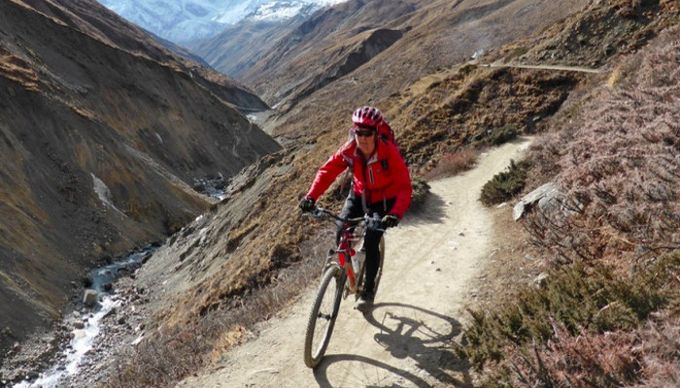
We attempt to unravel the oily complex mechanism of chains, sprockets and derailers so you can better understand your gears for an efficient ride and optimum performance.
Why Do We Need Gears?
For most mountain bikers, maybe not so much the downhillers, gears are essential to carry you up that climb, roll over that technical terrain and help balance your pedalling power.
With most physical activities, you are your only limitation. You can only get so much out of your muscles, lungs and pain threshold, but having a variety of gears help compensate for your weaknesses. Pedal power is determined by the force used to turn the pedals, and the speed at which you pedal as well.
Being efficient with how you use your energy is key to most athletes success, especially cross-country racers. Forcing a harder gear, or spinning on a low gear quickly gives way to muscle fatigue. So being able to set the right gear for your skill, the terrain and incline, is important.


